Home>Furniture>Bedroom Furniture>How To Get Stains Out Of A Bed
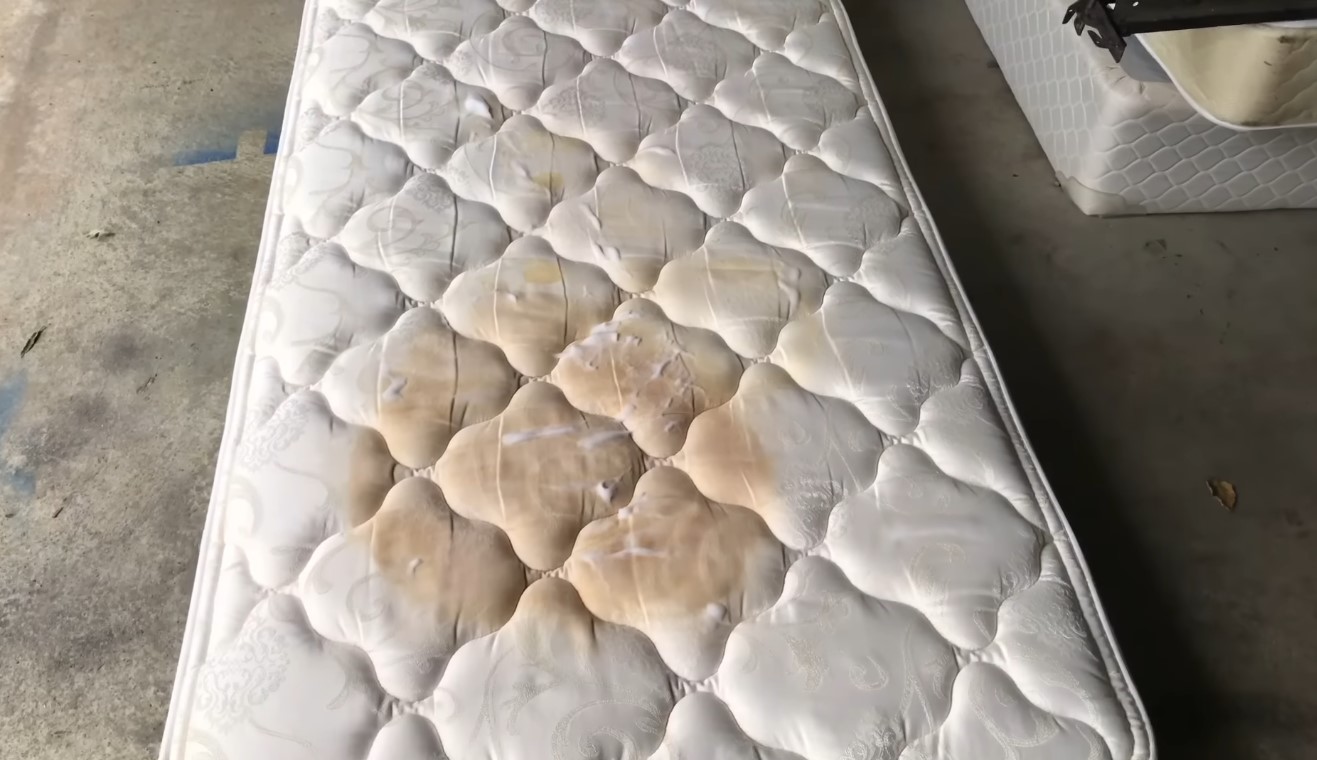

Bedroom Furniture
How To Get Stains Out Of A Bed
Modified: October 20, 2024
Learn effective methods to remove stains from your bedroom furniture. Get expert tips and tricks on how to get stains out of a bed for a cleaner, fresher sleeping environment.
(Many of the links in this article redirect to a specific reviewed product. Your purchase of these products through affiliate links helps to generate commission for Storables.com, at no extra cost. Learn more)
Introduction
Welcome to our comprehensive guide on how to get stains out of a bed. Your bed is a place of comfort and relaxation, but accidents happen and stains can become an unwelcome addition to your sleeping space. Whether it’s a spilled drink, a stubborn grease stain, or even pet accidents, we understand the frustration and concern that comes with trying to remove these unsightly marks from your bed. Fortunately, with the right techniques and a little bit of patience, you can effectively tackle a wide range of bed stains and restore your bed to its pristine condition.
In this guide, we’ll walk you through the process of removing different types of stains from your bed. We’ll cover the most common types of stains you might encounter, such as food and drink stains, sweat and body oil stains, bloodstains, urine and vomit stains, ink and marker stains, and even pet stains. Each type of stain requires a specific approach, and we’ll provide you with step-by-step instructions and helpful tips to ensure successful stain removal.
Before we dive into the specifics of stain removal, it’s important to note that prevention is always the best solution. Investing in a mattress protector and practicing good hygiene habits like regular cleaning and laundering can go a long way in preventing stains from occurring in the first place. However, when accidents do happen, it’s important to act quickly to minimize the chance of the stain setting and becoming even more difficult to remove.
In the following sections, we’ll cover how to prepare your bed for stain removal, the specific techniques you can use to eliminate different types of stains, and some general tips for effective stain removal. By the end of this guide, you’ll have the knowledge and tools necessary to tackle any stains that come your way, ensuring that your bed remains a clean and inviting haven for a good night’s sleep.
Let’s get started with understanding different types of bed stains.
Key Takeaways:
- Act quickly and use gentle cleaning agents to effectively remove various bed stains, such as food and drink, sweat and body oil, blood, urine and vomit, ink and marker, and pet stains. Follow specific techniques and general tips for successful stain removal.
- Prevention is key – invest in mattress protectors, practice good hygiene habits, and seek professional help for stubborn stains. With the right approach, you can maintain a clean and inviting bed for a restful night’s sleep.
Read more: How To Get Stains Out Of A Duvet
Understanding Different Types of Bed Stains
Before you embark on the journey of stain removal, it’s essential to understand the different types of bed stains you may encounter. Each type of stain requires a specific approach and treatment to effectively remove it. Here are some common types of bed stains you might come across:
- Food and Drink Stains: Accidents happen, and spills from food and beverages can leave unsightly stains on your bed sheets and mattress. These stains can be caused by anything from coffee and tea to chocolate and grease.
- Sweat and Body Oil Stains: Over time, sweat and body oils can accumulate on your bed sheets, leading to yellowish stains and unpleasant odors. These stains are especially common for hot sleepers or during warmer seasons.
- Bloodstains: Whether it’s from a small cut, a nosebleed, or a menstrual accident, blood stains can be quite stubborn and require specific techniques for effective removal.
- Urine and Vomit Stains: Accidents happen, especially in households with young children or pets. Urine and vomit stains not only leave an unpleasant odor but can also cause discoloration and potential hygiene issues.
- Ink and Marker Stains: If you enjoy reading or working in bed, then ink and marker stains are a possibility. These stains can be particularly stubborn and require immediate attention for successful removal.
- Pet Stains: If you share your bed with a furry friend, you may encounter pet stains from accidents or dirty paws. These stains can leave a lasting odor and can be challenging to remove if not addressed promptly.
Understanding the type of stain you’re dealing with is crucial as it will help you choose the appropriate stain removal method. It’s important to keep in mind that different materials may require different approaches, so make sure to refer to the care instructions for your beddings and mattress.
In the following sections, we’ll delve into each type of stain, providing you with specific instructions on how to remove them effectively. By following the recommended techniques, you’ll be equipped to tackle any stain that comes your way and restore your bed to its clean and fresh state.
Now that we have a good understanding of the different types of bed stains, let’s move on to preparing your bed for stain removal.
Preparing the Bed for Stain Removal
Before you start treating a bed stain, it’s important to prepare the bed properly to ensure the best chances of removing the stain successfully. Here are some steps to follow when preparing the bed for stain removal:
- Act quickly: Whenever a stain occurs, it’s crucial to act promptly. The longer a stain sits, the more it penetrates into the fabric or mattress, making it more challenging to remove.
- Blot, don’t rub: For liquid stains, such as spills or urine, avoid rubbing the stain, as this can spread it further and make it more difficult to remove. Instead, use a clean cloth or paper towel to blot the stain gently, absorbing as much of the liquid as possible.
- Check the care instructions: Before applying any stain removal technique or cleaning solution, check the care instructions for your bed sheets, mattress, or mattress protector. Some materials may have specific guidelines or restrictions that you need to be aware of to avoid causing damage.
- Test in an inconspicuous area: Before using any stain removal solution, it’s always a good idea to test it on a small, inconspicuous area of the fabric to ensure it doesn’t cause discoloration or damage. Wait for a few minutes to see if any adverse reactions occur before proceeding with the stain removal process.
- Pre-treat if necessary: Depending on the type and severity of the stain, you may need to pre-treat it before applying a stain removal solution. This can involve using a specific pre-treatment product or creating a homemade solution using mild detergent or stain remover.
- Follow the proper technique: Different stains require different removal techniques, so it’s essential to follow the appropriate steps for each type of stain. Avoid using excessive force or scrubbing vigorously, as this can damage the fabric or spread the stain further.
- Rinse and dry thoroughly: After treating the stain, rinse the area with clean water to remove any remaining residue from the cleaning solution. Make sure to pat the area dry with a clean cloth or paper towel and allow it to air dry completely before making the bed or using it again.
By preparing the bed properly and following these steps, you’ll create an optimal environment for effective stain removal. Remember, each stain is unique, so it’s important to tailor your approach accordingly. In the following sections, we’ll explore specific techniques for removing different types of bed stains, providing you with step-by-step instructions for each.
Let’s start with tackling the common problem of food and drink stains on your bed.
Removing Food and Drink Stains
Food and drink stains are some of the most common types of stains you may encounter on your bed. Whether it’s a spilled cup of coffee, a dropped sauce, or a late-night snack mishap, these stains can be unsightly and require immediate attention. Here’s how you can effectively remove food and drink stains from your bed:
- Blot the stain: Start by blotting the stain with a clean cloth or paper towel to absorb as much of the liquid or residue as possible. Be careful not to rub the stain, as this can cause it to spread further.
- Pre-treat the stain: If the stain is fresh or still wet, you can pre-treat it by applying a small amount of mild dish soap or liquid laundry detergent directly to the stain. Gently work the soap into the stained area using your fingers or a soft brush.
- Soak in cold water: After pre-treating the stain, fill a basin or sink with cold water and submerge the stained fabric. Let it soak for about 15-30 minutes to help loosen the stain.
- Wash with laundry detergent: Remove the fabric from the water and wash it as usual with a mild laundry detergent. Follow the care instructions for your bed sheets or mattress protector regarding water temperature and washing cycle.
- Inspect and repeat if needed: Once the washing cycle is complete, inspect the fabric to see if the stain has been fully removed. If there are still traces of the stain, repeat the pre-treatment and washing process until the stain is gone.
- Allow to air dry: After successfully removing the stain, allow the fabric to air dry completely before making the bed or using it again. Avoid using high heat or direct sunlight, as this can potentially set the stain or cause shrinkage.
If the food or drink stain has seeped into the mattress, you can also use a similar approach. Blot the stain gently with a clean cloth or paper towel to absorb as much of the liquid as possible. Then, create a mild cleaning solution by mixing equal parts water and distilled white vinegar, and gently blot the stain with the solution. Continue blotting until the stain is removed, and then blot the area with a clean cloth dampened with plain water to remove any residue. Let the mattress air dry completely before covering it with sheets or using it again.
By following these steps, you can effectively remove food and drink stains from your bed, ensuring that it remains clean and fresh. Next, we’ll explore how to tackle sweat and body oil stains, which are common for many sleepers.
Getting Rid of Sweat and Body Oil Stains
Sweat and body oil stains are a common occurrence on bed sheets and can be especially prevalent for those who tend to perspire heavily during sleep or have oily skin. These stains can leave yellowish discolorations and an unpleasant odor if not addressed promptly. Here’s how you can effectively remove sweat and body oil stains from your bed:
- Pretreat the stain: Before washing the stained fabric, it’s best to pretreat the stain. Apply a small amount of enzyme-based laundry detergent directly to the stain and gently rub it in. Enzyme-based detergents are effective at breaking down proteins, which are often found in sweat and body oils.
- Let it sit: Allow the pretreatment to sit on the stained area for about 15 minutes. This will give the detergent enough time to penetrate the fabric and break down the stain.
- Wash with hot water: Follow the care instructions for your bed sheets or mattress protector regarding water temperature, but opt for the hottest allowable temperature for the best chances of removing sweat and body oil stains. Use a regular laundry cycle with an enzyme-based detergent.
- Check for stain removal: After the washing cycle is complete, examine the fabric for any remaining stains. If there are still traces of the stain, repeat the pretreatment and washing process until the stain is fully removed.
- Avoid high heat: When drying the fabric, avoid using high heat as it can cause the stain to set or become more difficult to remove. Instead, choose a medium heat setting or opt for air drying if possible.
For older or more stubborn sweat and body oil stains, you can try using a mixture of equal parts baking soda and water. Make a paste and apply it to the stained area, gently rubbing it in. Let it sit for 30 minutes to an hour before washing. The baking soda acts as a natural deodorizer and can help lift the stain.
If the sweat and body oil stains have seeped into the mattress, you can try using a fabric freshener or odor neutralizer specifically designed for mattresses. Follow the manufacturer’s instructions for best results and make sure to allow the mattress to air out and dry completely before using it again.
By following these tips, you can effectively remove sweat and body oil stains from your bed sheets and mattress, keeping them clean, fresh, and free from lingering odors. Next, let’s explore how to treat an all-too-familiar stain – bloodstains.
Read more: How To Get Stains Out Of Rugs
Treating Bloodstains
Accidents happen, and bloodstains on your bed can be quite stubborn to remove. Whether it’s from a small cut, a nosebleed, or a menstrual accident, dealing with bloodstains requires some specific techniques. Here’s how you can effectively treat bloodstains on your bed:
- Act quickly: The key to successfully removing bloodstains is to act quickly. The longer the stain sits, the more difficult it becomes to remove.
- Cold water: Start by rinsing the stain with cold water as soon as possible. The cold water will help break down the proteins in the blood and prevent it from setting further into the fabric.
- Mild detergent: After rinsing with cold water, apply a small amount of mild liquid laundry detergent directly to the stain. Gently rub the detergent into the fabric, working it to create a lather.
- Soak in cold water: Fill a basin or sink with cold water and submerge the stained fabric. Allow it to soak for at least 30 minutes. You can also add a few teaspoons of salt or enzyme-based stain remover to the water to enhance the stain removal process.
- Wash with cold water: After the soaking period, wash the fabric with cold water and a mild detergent. Follow the care instructions for your bed sheets or mattress protector regarding water temperature and washing cycle.
- Check for stain removal: Once the washing cycle is complete, inspect the fabric to check if the bloodstain is fully removed. If there are still traces of the stain, repeat the pre-treatment and washing process until the stain is gone.
- Avoid hot water and heat: It’s important to note that hot water and high heat can set the bloodstain and make it even more difficult to remove. Always use cold water and avoid high-temperature settings during both the rinsing and washing processes.
If the bloodstain has seeped into the mattress, you can use a mixture of hydrogen peroxide and mild liquid soap. Mix equal parts hydrogen peroxide and liquid soap and lightly dab the stained area with a clean cloth or sponge. Blot gently and avoid saturating the mattress. Repeat the process until the stain is removed, and then blot the area with a clean cloth dampened with plain water to remove any residue. Allow the mattress to air dry completely before covering it with sheets or using it again.
Remember, safety should always come first, especially when dealing with bloodstains. If you’re unsure about removing a bloodstain or if it involves a large or potentially hazardous situation, it’s best to consult a professional cleaning service for assistance.
Now that you know how to effectively treat bloodstains, let’s move on to tackling a topic that nobody likes to think about – urine and vomit stains.
For fresh stains, blot the area with a clean cloth to absorb as much liquid as possible. Then, mix a solution of water and mild detergent and gently scrub the stain. Finally, let the area air dry or use a hairdryer on a low setting.
Dealing with Urine and Vomit Stains
Dealing with urine and vomit stains on your bed can be unpleasant, but it’s essential to address these accidents promptly to prevent odor and potential hygiene issues. Whether it’s from a child’s bedwetting incident or a bout of illness, here’s how you can effectively deal with urine and vomit stains on your bed:
- Act quickly: Time is of the essence when it comes to urine and vomit stains. The longer they sit, the harder they are to remove and the more likely they are to cause odors and bacterial growth.
- Remove solids: If there are any solid remnants, carefully remove them using a paper towel or disposable gloves. Be gentle to avoid pushing the stain further into the fabric or mattress.
- Blot the excess: Use a clean cloth or paper towel to blot up as much of the liquid as possible. Avoid rubbing as this can spread the stain further.
- Pretreat the stain: For fresh urine or vomit stains, pretreat the affected area with an enzyme-based stain remover or a mixture of equal parts water and distilled white vinegar. Apply the solution to the stain and let it sit for about 10-15 minutes to help break down the odor-causing compounds.
- Wash with detergent: After pretreating, wash the fabric in the washing machine using a gentle cycle and a mild laundry detergent. Follow the care instructions for your bed sheets or mattress protector regarding water temperature and washing instructions.
- Inspect and repeat if necessary: Once the washing cycle is complete, inspect the fabric or mattress for any remaining stains or odors. If needed, repeat the pretreatment and washing process until the stain and odor are fully removed.
- Neutralize the odor: To eliminate any residual odors, you can create a mixture of equal parts water and hydrogen peroxide. Lightly blot the affected area with the solution, taking care not to oversaturate the fabric or mattress.
- Air dry thoroughly: After successfully removing the stain and odor, allow the fabric or mattress to air dry completely before making the bed or using it again. This will help ensure that no moisture remains, preventing the growth of bacteria or mold.
If the urine or vomit stain has penetrated deep into the mattress, you may need to use a commercial enzyme cleaner specifically designed for removing pet stains or odors. Follow the manufacturer’s instructions and make sure to thoroughly ventilate the room during and after the cleaning process.
In cases where the stain or odor persists or if the accident involves a large area, it’s best to consult a professional cleaning service that specializes in mattress cleaning and stain removal.
Now that we’ve tackled the less pleasant aspects of stain removal, let’s move on to addressing a common issue – ink and marker stains.
Removing Ink and Marker Stains
Accidental ink and marker stains on your bed can be frustrating, but with the right techniques, you can effectively remove them. Whether it’s a leaky pen or a creative mishap, here’s how you can tackle ink and marker stains on your bed:
- Act quickly: Ink and marker stains are best treated as soon as possible. The longer they sit, the more difficult they can be to remove.
- Blot, don’t rub: Start by blotting the stain gently with a clean cloth or paper towel. Avoid rubbing, as this can spread the ink or marker and make the stain worse.
- Pre-test the fabric: Before applying any stain removal solutions, it’s important to test them on an inconspicuous area to ensure they don’t cause further damage or discoloration. Wait a few minutes and check for any adverse reaction before proceeding with the stain removal process.
- Apply alcohol-based solution: For ink stains, dampen a clean cloth or cotton ball with rubbing alcohol or an alcohol-based hand sanitizer. Gently dab the stained area, being careful not to oversaturate the fabric. Continue blotting until the ink begins to lift.
- Use a mild detergent: For marker stains, mix a small amount of mild liquid laundry detergent with water to create a soapy solution. Apply the solution to the stain and gently rub it in using a clean cloth or sponge.
- Rinse and blot: After treating the stain, rinse the fabric thoroughly with cold water to remove any remaining residue. Blot the area with a clean cloth or paper towel to absorb excess moisture.
- Repeat if necessary: If the ink or marker stain remains, repeat the above steps until the stain is fully removed. For stubborn stains, you may need to try a stain-specific ink or marker remover, which can be found in most office supply stores.
- Wash as usual: Once the stain is gone, wash the fabric as you normally would, following the care instructions for your bed sheets or mattress protector.
- Air dry thoroughly: Allow the fabric to air dry completely before using it again. Avoid using high heat or direct sunlight, as this can set any remaining ink or marker stains and make them more challenging to remove.
If the ink or marker stain has seeped into the mattress, it’s best to consult a professional mattress cleaning service. They have specialized techniques and products to effectively remove tough stains without damaging the mattress.
By following these steps, you can successfully remove ink and marker stains from your bed, keeping it looking clean and stain-free. Next, let’s move on to tackling a common concern – pet stains.
Tackling Pet Stains
If you share your bed with a furry friend, there’s always a chance of dealing with pet stains. Whether it’s an accident from a puppy in training or a muddy paw print, addressing pet stains promptly is essential. Here are some steps to effectively tackle pet stains on your bed:
- Act quickly: As with any stain, it’s important to act swiftly when dealing with pet accidents. The longer a pet stain sits, the more difficult it can be to remove and the higher the chance of odors developing.
- Blot and remove solids: Start by gently blotting the stain with a clean cloth or paper towel to absorb as much moisture as possible. If there are any solid remnants, carefully remove them using a paper towel or disposable gloves.
- Pretreat the stain: For fresh pet stains, pretreat the affected area with an enzyme-based stain remover specifically designed for pet stains. Apply the stain remover according to the product instructions and let it sit for the recommended time to break down the stain and eliminate odors.
- Clean with mild detergent: After pretreatment, wash the stained fabric according to the care instructions, using a mild detergent. If the fabric is machine washable, use the recommended water temperature and washing cycle. For non-removable mattress stains, lightly clean the surface using a cloth dampened with a mild detergent solution.
- Inspect and repeat if needed: After washing, carefully inspect the fabric or mattress to check if the pet stain has been fully removed. If any traces of the stain or odor remain, repeat the pretreatment and cleaning process until the stain is completely gone.
- Avoid high heat: When drying the fabric, avoid using high heat as it can set the stain or make it more difficult to remove. Choose a low or medium heat setting or opt for air drying if possible.
- Consider using odor neutralizers: If any lingering odors persist, you can use commercial pet odor neutralizers specifically designed for fabrics or mattresses. Follow the manufacturer’s instructions for best results.
- Train and protect: To prevent future pet accidents on your bed, make sure to provide proper training and supervision. Consider using mattress protectors or pet-friendly bedding to provide an added layer of protection against stains.
While these steps are generally effective, it’s important to note that different fabrics and mattress materials may require varying approaches. Always refer to the care instructions provided by the manufacturer. If you’re unsure about how to proceed or if the pet stain is particularly stubborn, it’s best to seek professional cleaning services that specialize in pet stain and odor removal.
By following these guidelines, you can effectively tackle pet stains on your bed and keep your sleeping space clean and fresh. Now, let’s move on to some general tips for effective stain removal.
Read more: How To Get Stains Out Of A Blanket
General Tips for Effective Stain Removal
When it comes to stain removal from your bed, following some general tips can help increase your chances of success. Here are some helpful tips to keep in mind:
- Act quickly: The sooner you address a stain, the easier it will be to remove. Act quickly to prevent the stain from setting into the fabric or mattress.
- Blot, don’t rub: Avoid rubbing the stain, as this can spread it further or push it deeper into the fabric or mattress. Instead, blot the stain gently with a clean cloth or paper towel to absorb the liquid or residue.
- Read and follow care instructions: Always refer to the care instructions provided by the manufacturer for your bed sheets, mattress protector, or mattress. Different materials may require specific cleaning techniques or have limitations on water temperature and cleaning agents.
- Test stain removal solutions: Before applying any stain removal solution or cleaning product, test it on a small, inconspicuous area of the fabric or mattress to ensure it doesn’t cause discoloration or damage.
- Use gentle cleaning agents: Opt for mild detergents, enzyme-based stain removers, or natural cleaning solutions when possible. Harsh chemicals or abrasive cleaners can damage the fabric or mattress.
- Don’t mix cleaning agents: Avoid mixing different cleaning agents together, as they can create harmful chemical reactions. Stick to one cleaning agent at a time.
- Rinse thoroughly: After applying a cleaning solution, rinse the fabric or mattress thoroughly with clean water to remove any residue. Lingering residue can attract dirt and potentially cause discoloration.
- Patience is key: Some stains may require multiple treatment attempts before they are fully removed. Be patient and persistent, repeating the stain removal process if necessary.
- Allow for complete drying: Make sure the fabric or mattress is fully dry before using it again or covering it with bed sheets. Ensure proper air circulation to prevent dampness and the growth of mold or mildew.
- Consider professional help if needed: For particularly stubborn stains or delicate fabrics, it’s best to seek professional cleaning services. They have the expertise and specialized equipment to handle tough stains and protect delicate materials.
By following these general tips, you’ll be equipped with the knowledge and techniques to tackle a wide range of stains on your bed. Remember, prevention is always the best approach, so consider using mattress protectors and practicing good hygiene habits to minimize the risk of stains occurring in the first place.
Now that you’re armed with these stain removal tips, you can confidently handle any stains that come your way and maintain a clean and inviting bed for a restful night’s sleep.
We hope this comprehensive guide has been helpful to you and wish you success in your stain removal endeavors!
sleep better
Conclusion
We’ve reached the end of our comprehensive guide on how to get stains out of a bed. We have covered various types of stains, including food and drink stains, sweat and body oil stains, bloodstains, urine and vomit stains, ink and marker stains, and pet stains. By understanding the specifics of each stain and following the recommended techniques, you can effectively remove stains and restore the cleanliness of your bed.
Throughout this guide, we emphasized the importance of acting quickly, using proper techniques, and following the care instructions provided by the manufacturer. It’s crucial to blot the stain, rather than rub it, and to use gentle cleaning agents to avoid damaging the fabric or mattress. Additionally, testing solutions on an inconspicuous area and rinsing thoroughly are important steps to ensure successful stain removal.
We also discussed the significance of prevention, such as using mattress protectors, practicing good hygiene habits, and providing proper training and supervision for pets. These measures can greatly reduce the occurrence of stains and make cleaning easier in the long run.
When faced with stubborn stains or delicate fabrics, it may be necessary to seek professional cleaning services. They possess the expertise and specialized equipment to handle tough stains and ensure the longevity of your beddings and mattress.
By following the tips in this guide and using the appropriate stain removal techniques, you can keep your bed clean, fresh, and free from unsightly stains and odors. A clean and inviting bed not only enhances the overall aesthetics of your bedroom but also provides a hygienic and comfortable environment for a restful night’s sleep.
We hope this guide has provided you with valuable insights and empowered you to tackle any stains that come your way. Remember, accidents happen, but with the right approach and a little bit of effort, you can maintain a pristine and inviting bed that promotes relaxation and rejuvenation.
Here’s to a stain-free and blissful sleep!
Frequently Asked Questions about How To Get Stains Out Of A Bed
Was this page helpful?
At Storables.com, we guarantee accurate and reliable information. Our content, validated by Expert Board Contributors, is crafted following stringent Editorial Policies. We're committed to providing you with well-researched, expert-backed insights for all your informational needs.
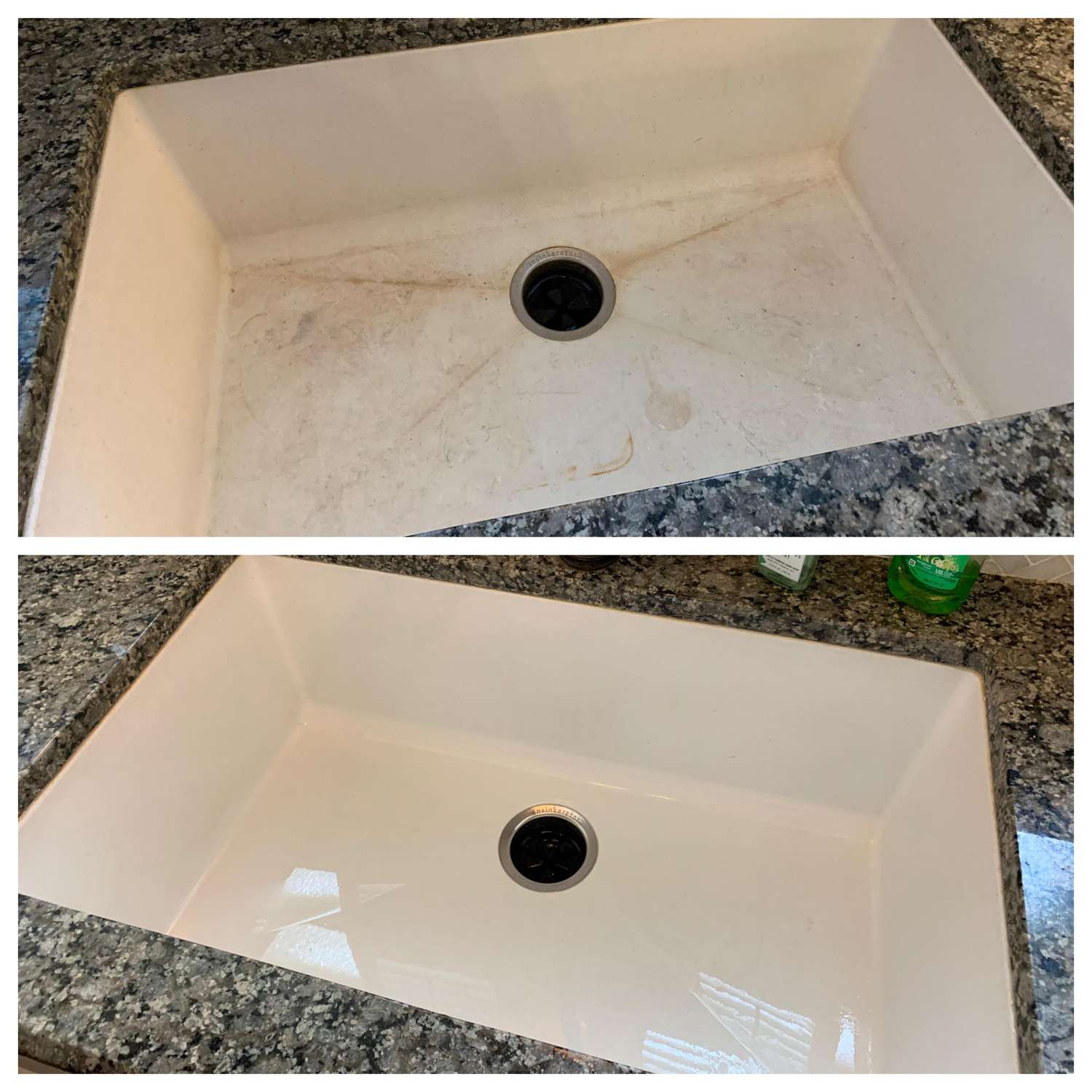
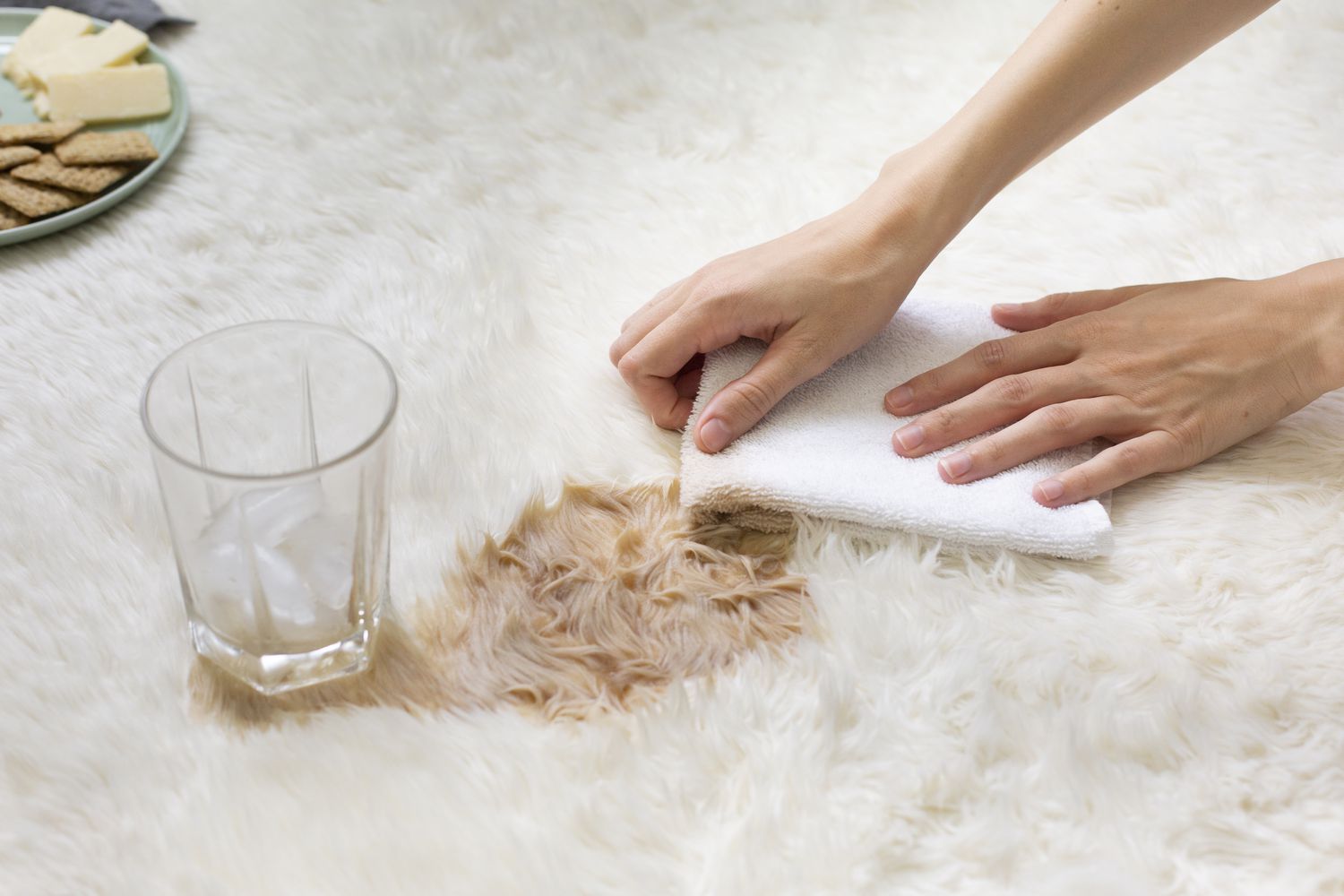
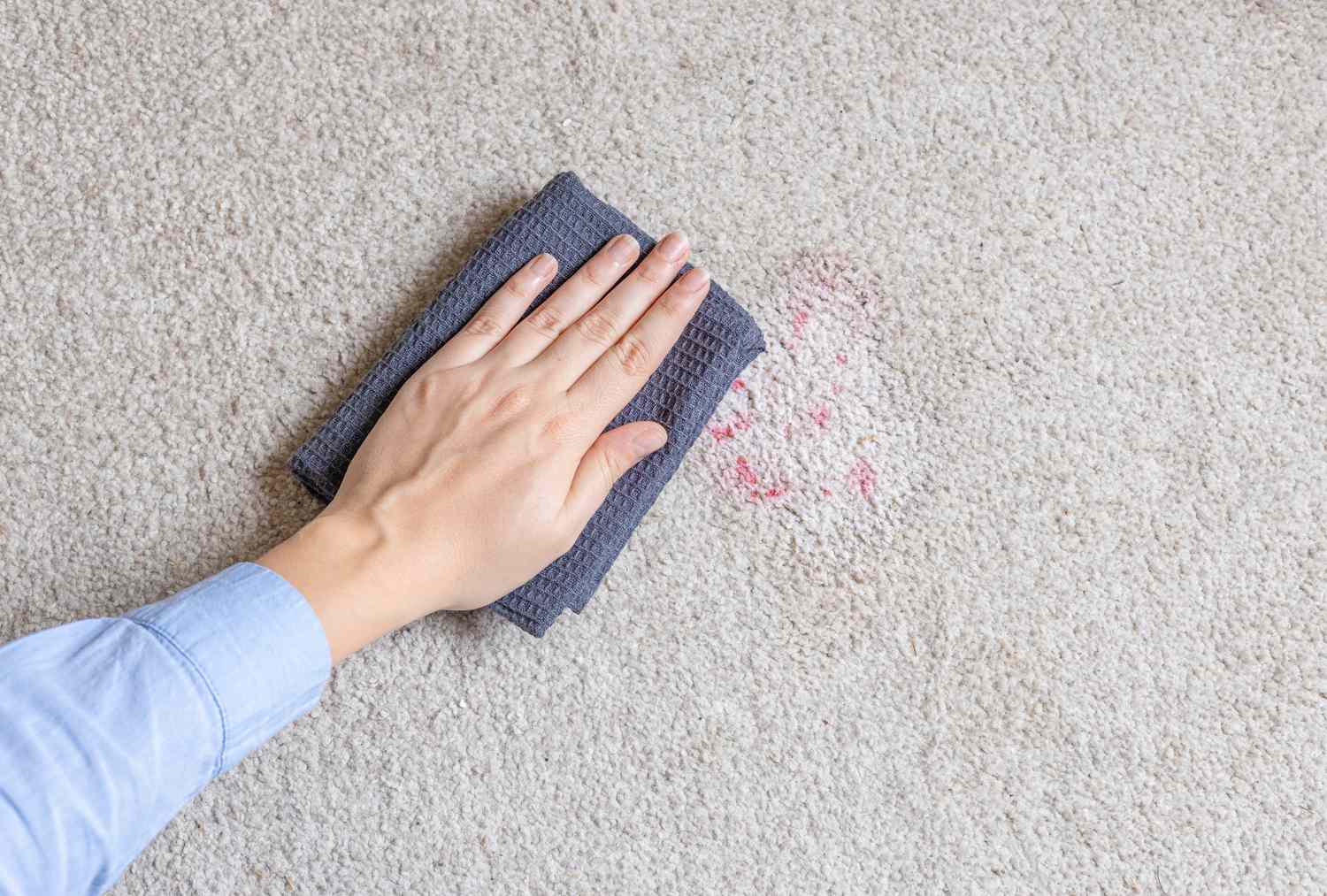
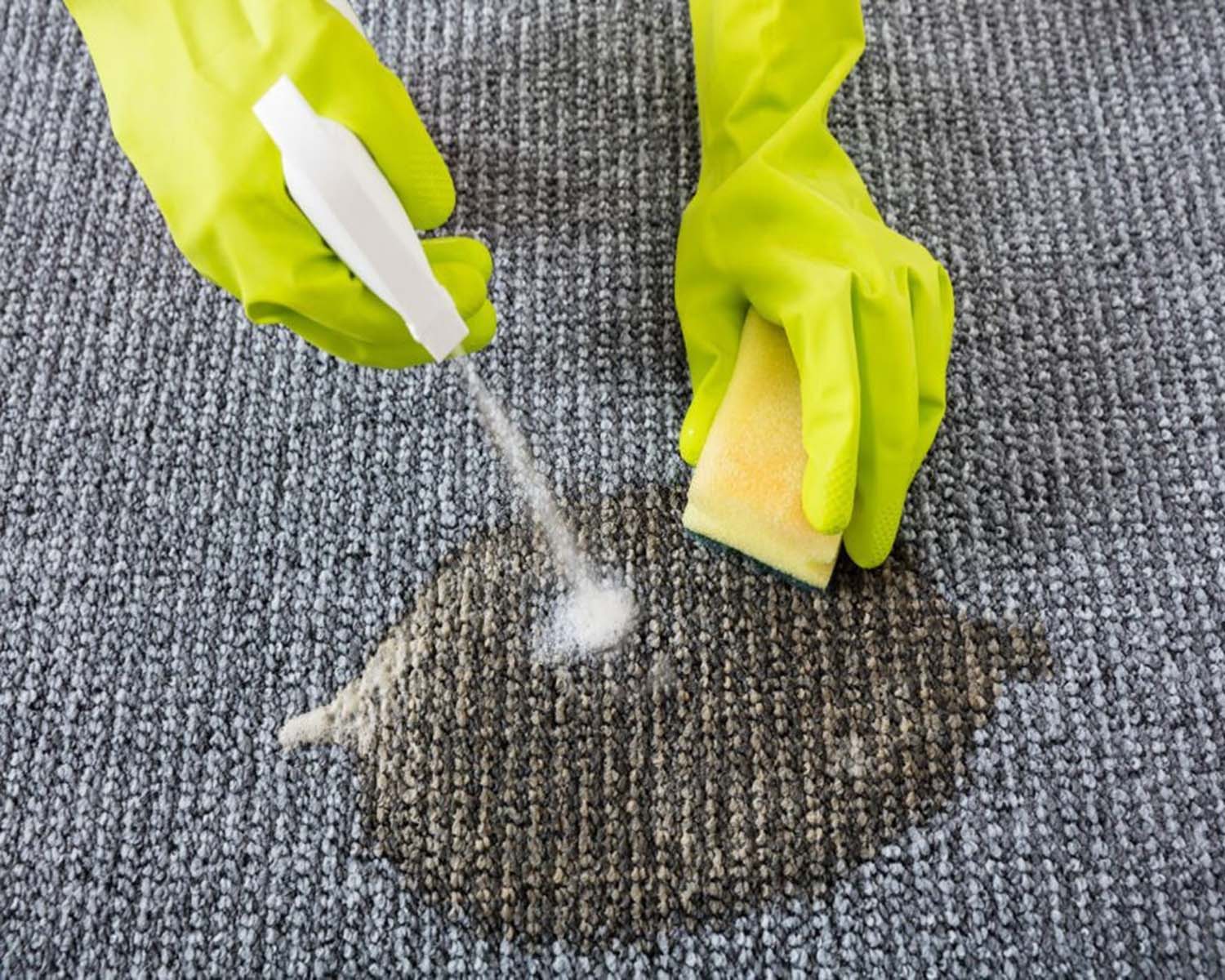
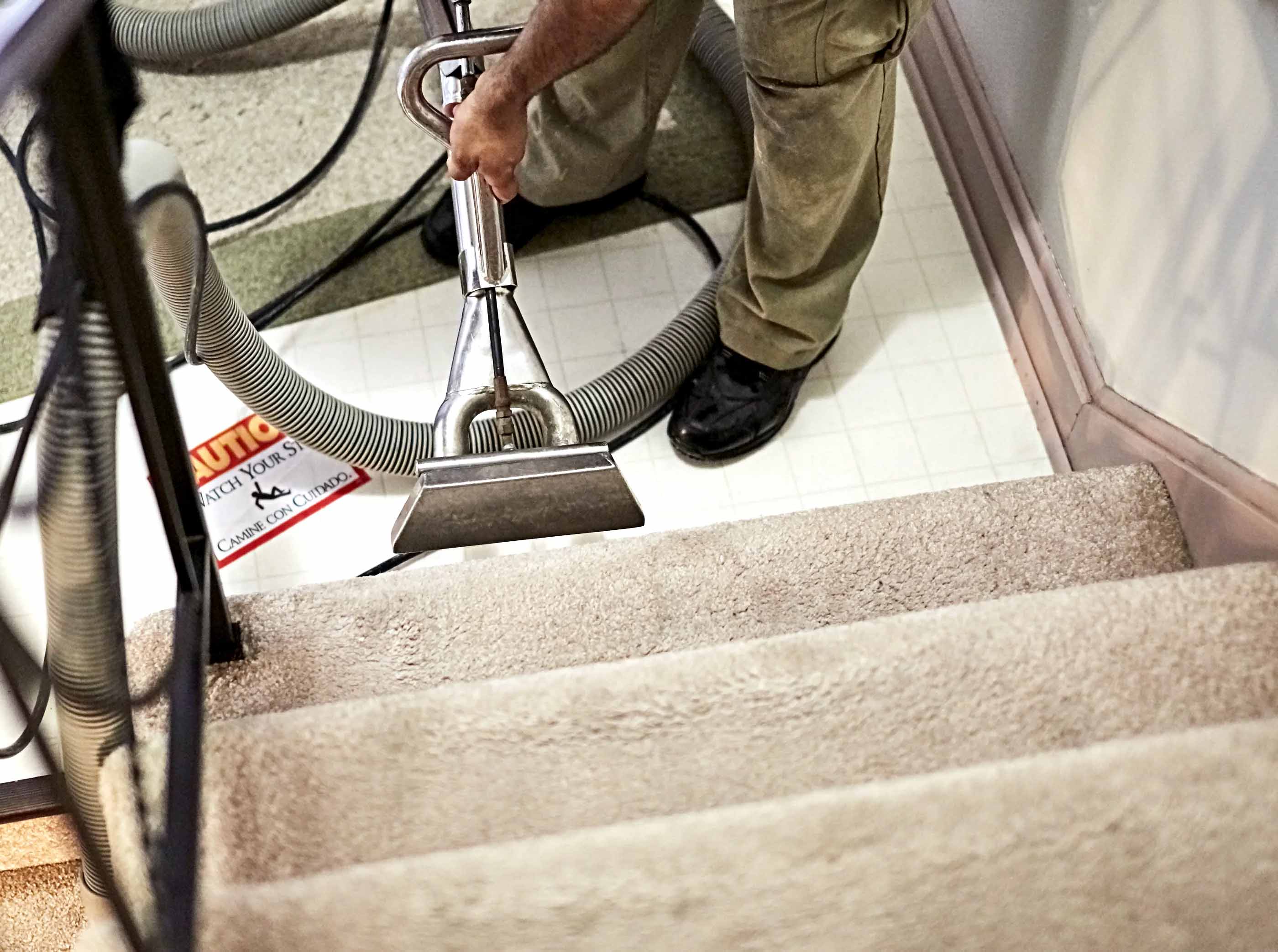
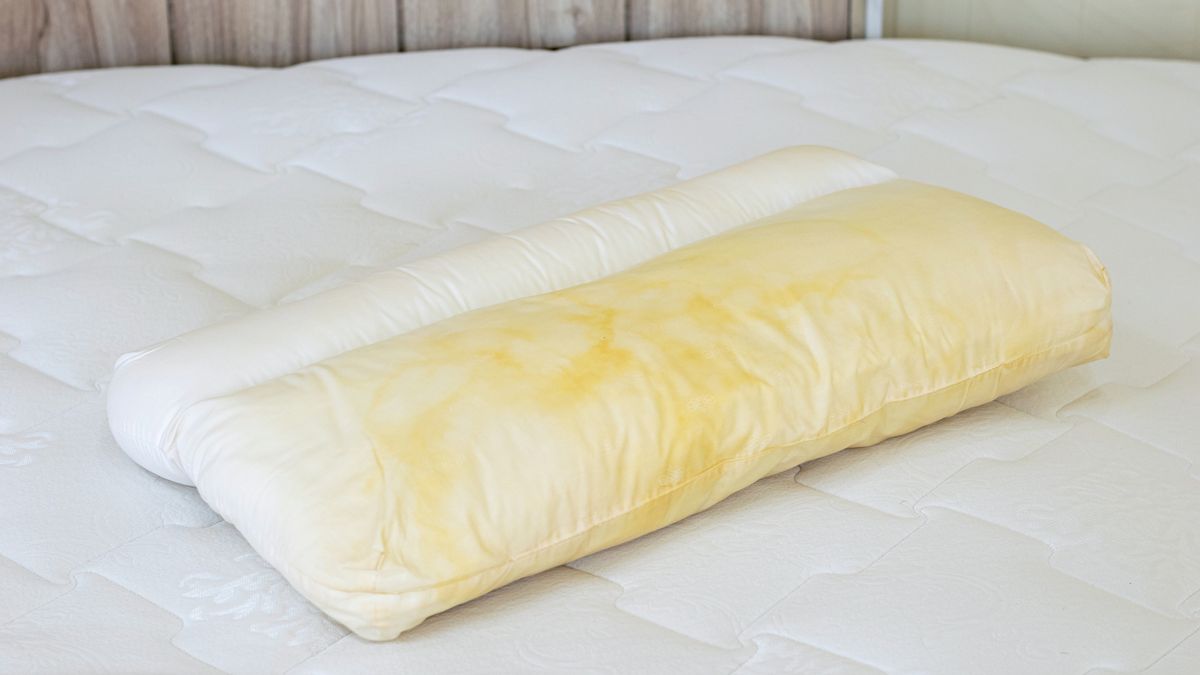
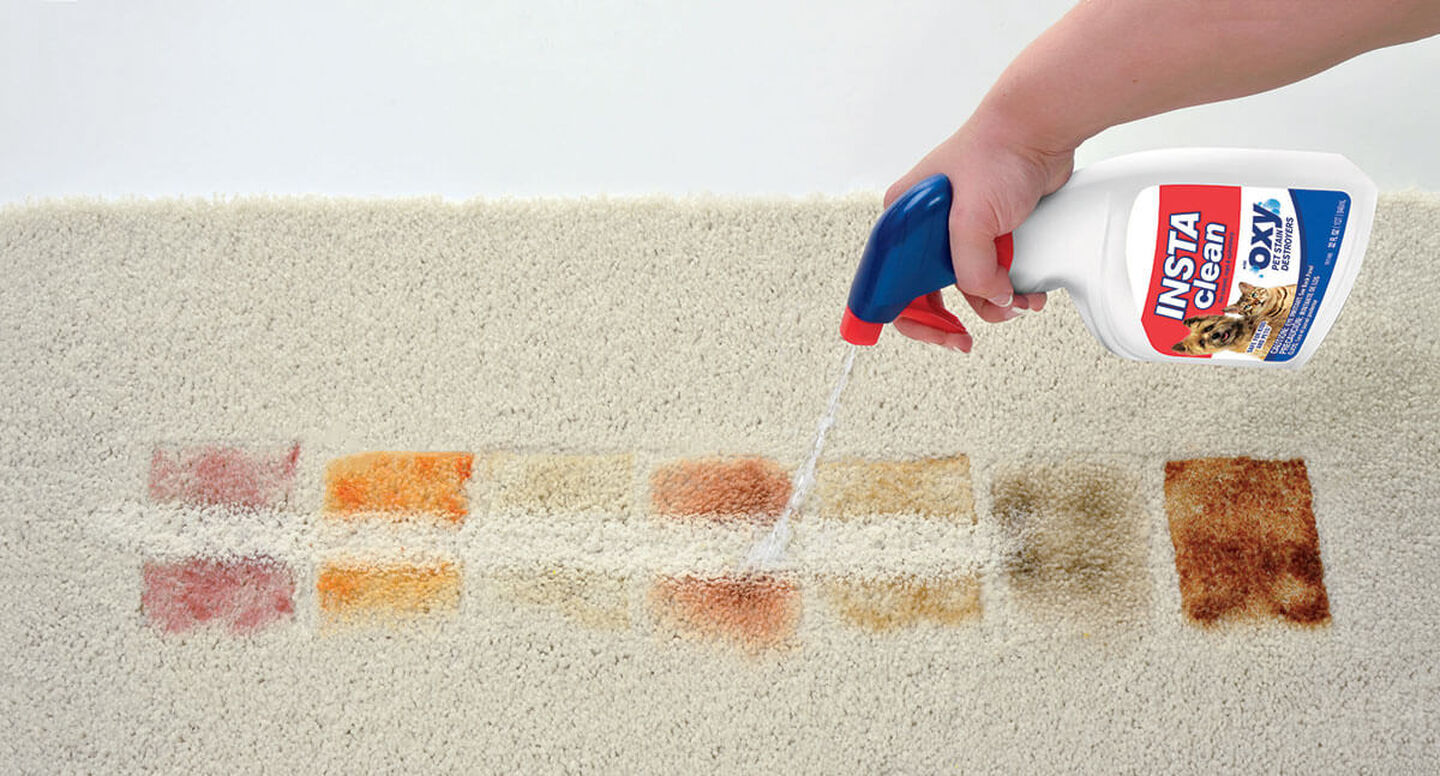
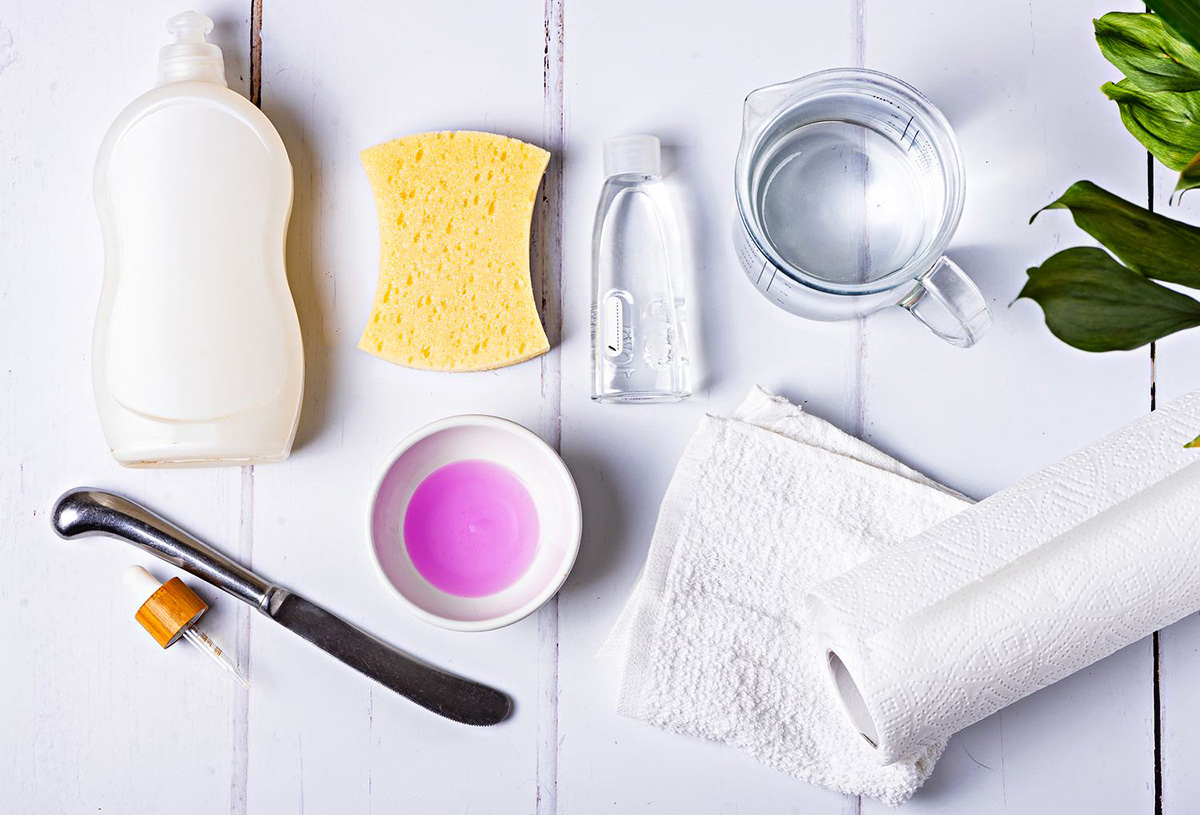
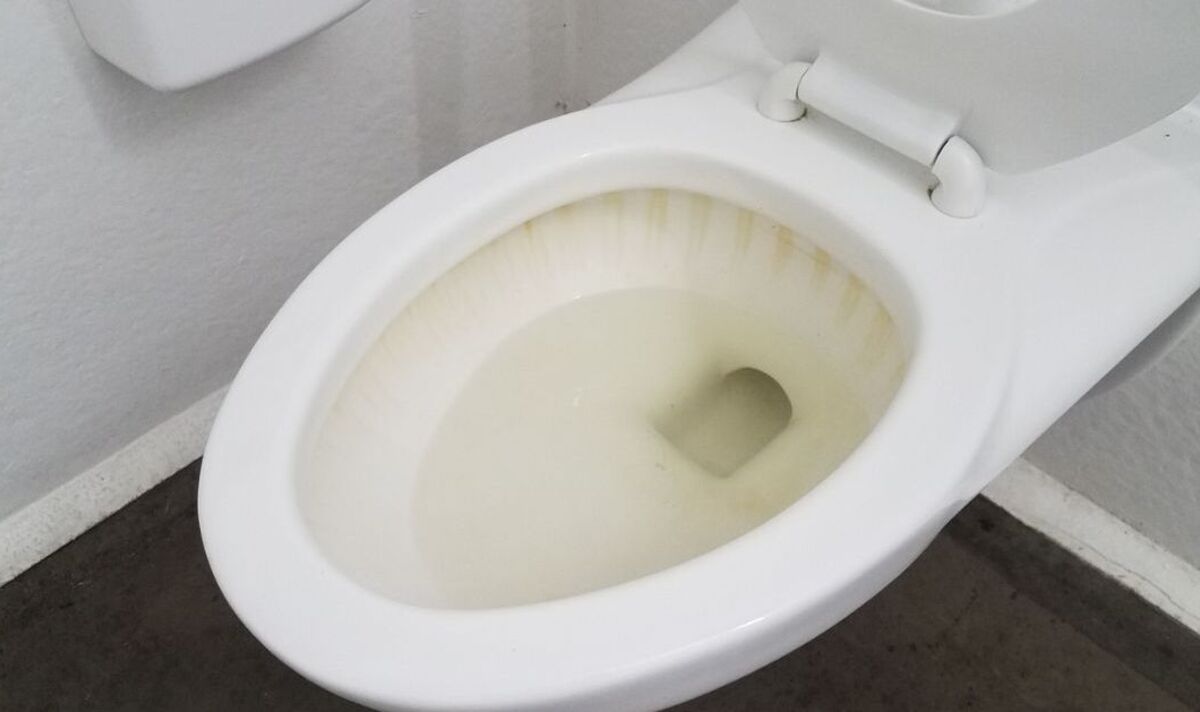
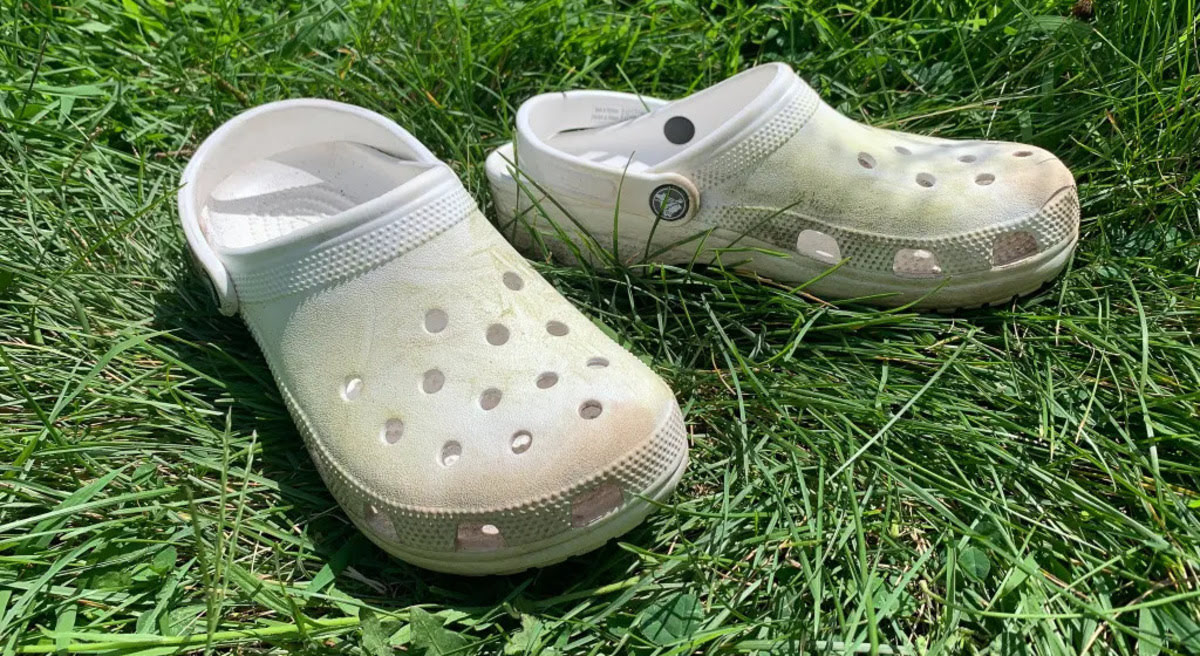

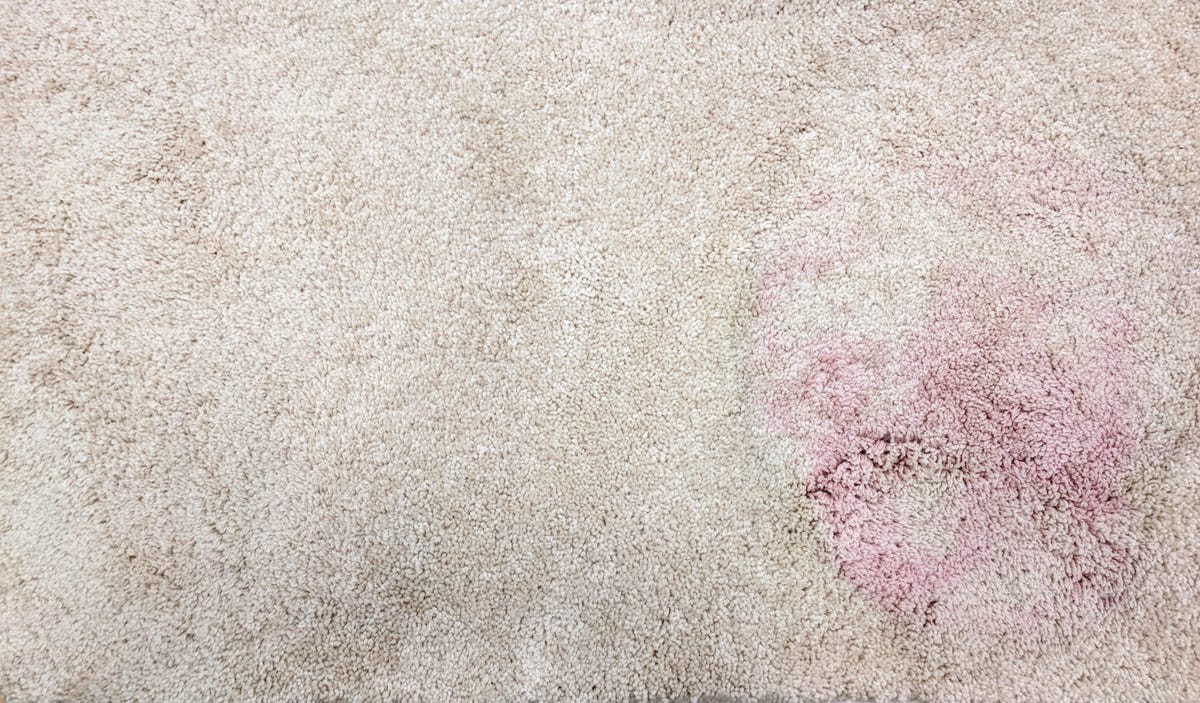
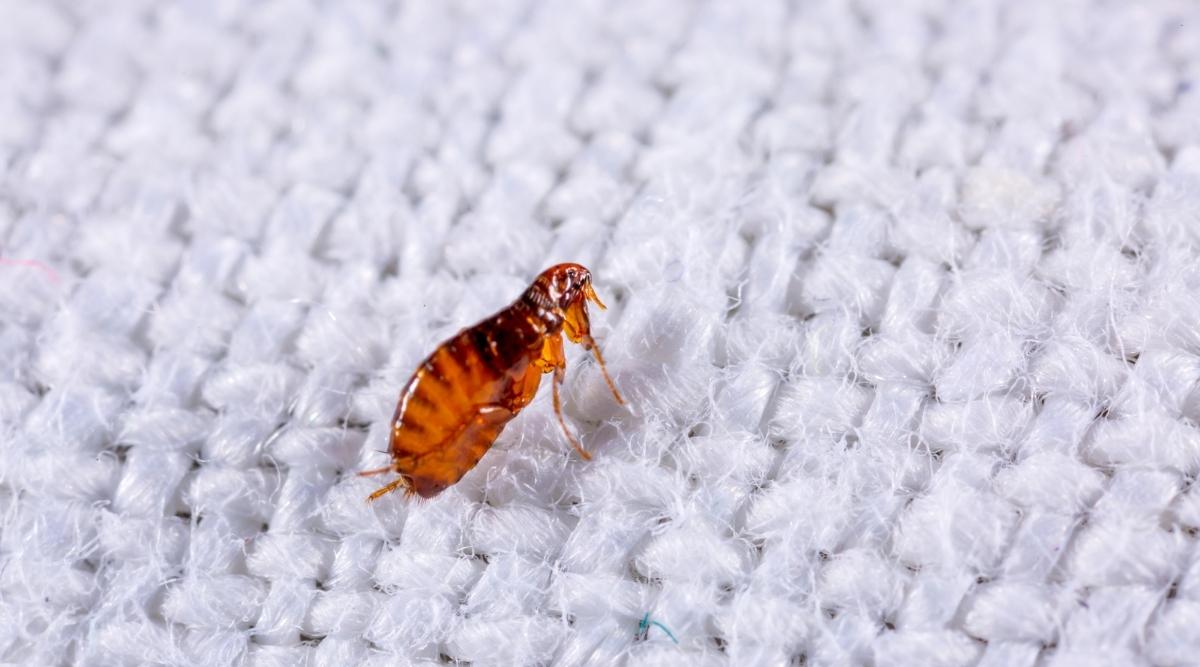

0 thoughts on “How To Get Stains Out Of A Bed”